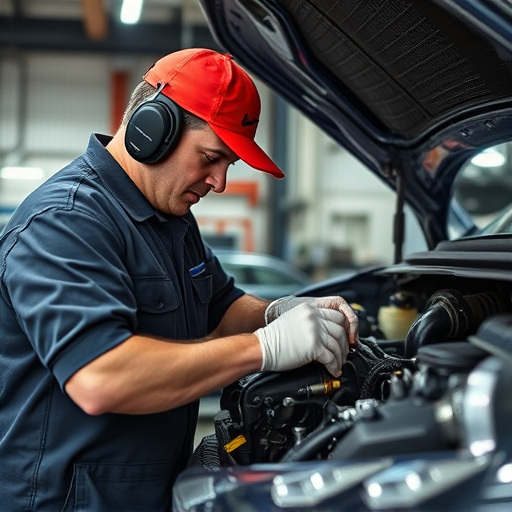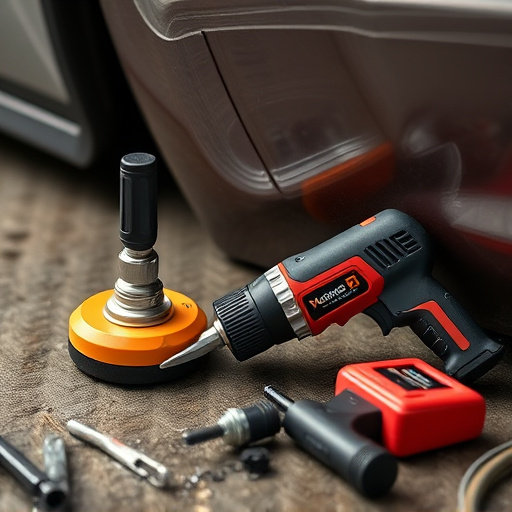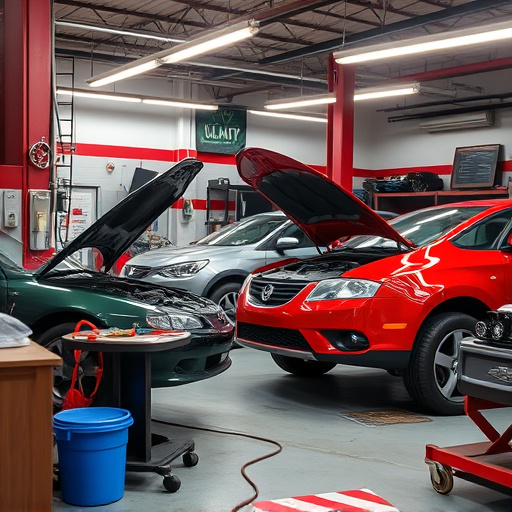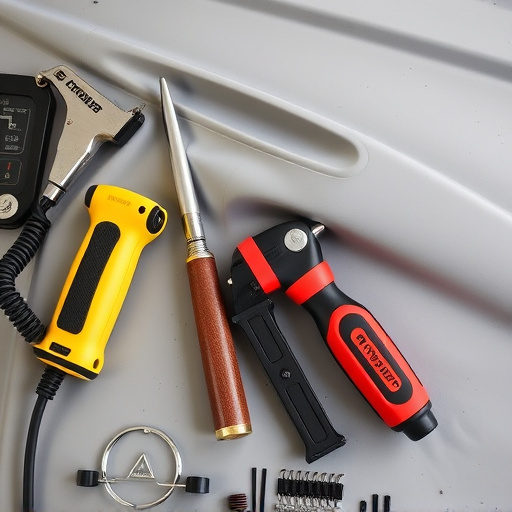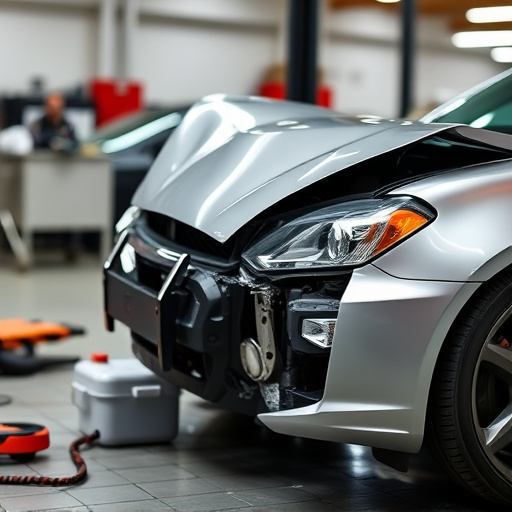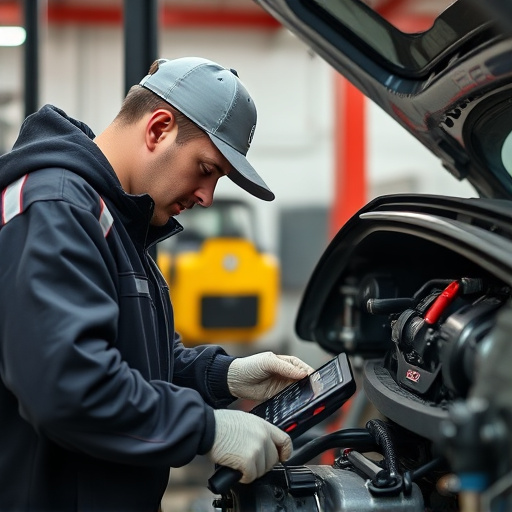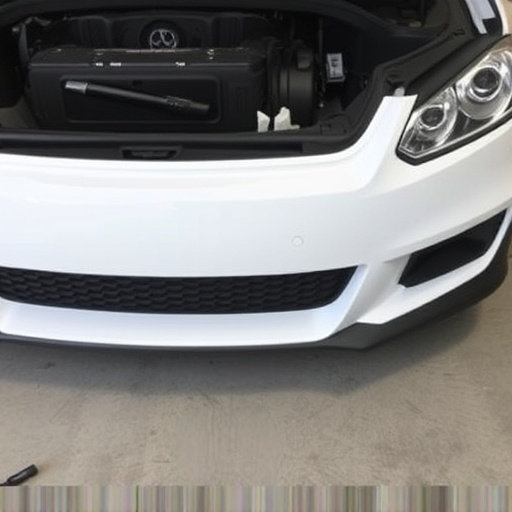Customer expectations for car bodywork repairs focus on both functionality and aesthetics, demanding higher repair quality inspections. Effective communication and client involvement throughout the process build trust, align goals, and drive satisfaction. Encouraging customer feedback loops based on repair quality inspections enable body shops to continuously improve services, aligning with industry best practices like meticulous dent removal, ultimately enhancing both client experience and repair outcomes.
In today’s competitive market, ensuring exceptional repair quality is not just about technical proficiency—it’s a customer experience. This article delves into the critical aspect of customer involvement in the repair quality inspection process, exploring how empowered clients drive excellence. We examine strategies to understand and manage expectations, enhance communication for meaningful engagement, and implement feedback loops for continuous improvement. By integrating these practices, businesses can elevate their service standards and foster stronger client relationships.
- Understanding Customer Expectations in Repairs
- Enhancing Communication for Effective Involvement
- Implementing Feedback for Continuous Improvement
Understanding Customer Expectations in Repairs

Customer expectations play a pivotal role in the success of any repair quality inspection process. With increasing awareness about vehicle care and craftsmanship, modern consumers have heightened standards when it comes to car bodywork repairs. They seek not just functional restoration but also aesthetic perfection that matches their vehicle’s original condition. This shift in perception demands body shop services to go beyond basic fixings; they must deliver exceptional results that satisfy customers’ evolving demands.
Understanding these expectations is crucial for effective repair quality inspections. Body shops should communicate clearly with clients, setting realistic goals and outlining the entire process, from initial assessment to final touch-ups. Engaging customers in this dialogue fosters trust and ensures everyone aligns on what constitutes a successful vehicle body repair. By involving clients in the inspection, body shops can better address their concerns, incorporate personal preferences, and ultimately achieve higher customer satisfaction levels.
Enhancing Communication for Effective Involvement

Effective customer involvement in the repair quality inspection process is greatly enhanced by clear and consistent communication. This involves keeping clients informed at every stage of their vehicle’s repair journey, from initial assessment to final handover. Providing detailed explanations about the identified issues, proposed solutions, and estimated timelines helps customers understand the repair quality inspection process and fosters trust. Two-way communication channels, such as direct conversations, email updates, or dedicated apps, ensure that clients can easily ask questions, seek clarifications, and share their expectations.
By involving customers in the decision-making process, especially regarding the scope of repairs, they feel valued and invested in the outcome. For instance, explaining why a fender repair is recommended alongside alternative options for dent repair empowers clients to make informed choices. This collaborative approach not only ensures higher customer satisfaction but also contributes to achieving exceptional repair quality inspection results, particularly in cases like vehicle bodywork restoration.
Implementing Feedback for Continuous Improvement

Encouraging customer involvement in the repair quality inspection process should be seen as a valuable source of feedback for continuous improvement. By actively seeking input from clients, auto body shops can gain insights into their expectations and areas where they excel or need enhancement. This two-way communication fosters trust and ensures that the shop’s services align with industry best practices, such as meticulous car dent removal and comprehensive body shop services.
Implementing this feedback loop involves straightforward steps. After the repair quality inspection, staff can politely ask clients to share their experiences, highlighting specific aspects like overall satisfaction, communication throughout the process, and the quality of auto body repairs. This information is then meticulously analyzed to identify trends and areas for improvement. By incorporating customer insights, the shop can refine its procedures, enhancing both the client experience and the final repair quality.
Customer involvement in the repair quality inspection process is a multifaceted approach that, when executed effectively, can significantly enhance satisfaction and foster trust. By understanding customer expectations, enhancing communication channels, and implementing feedback mechanisms, businesses can ensure that repairs meet or exceed standards. This not only improves overall service quality but also creates a more transparent and collaborative environment for all stakeholders. Embracing these strategies is key to achieving superior repair quality inspections.

